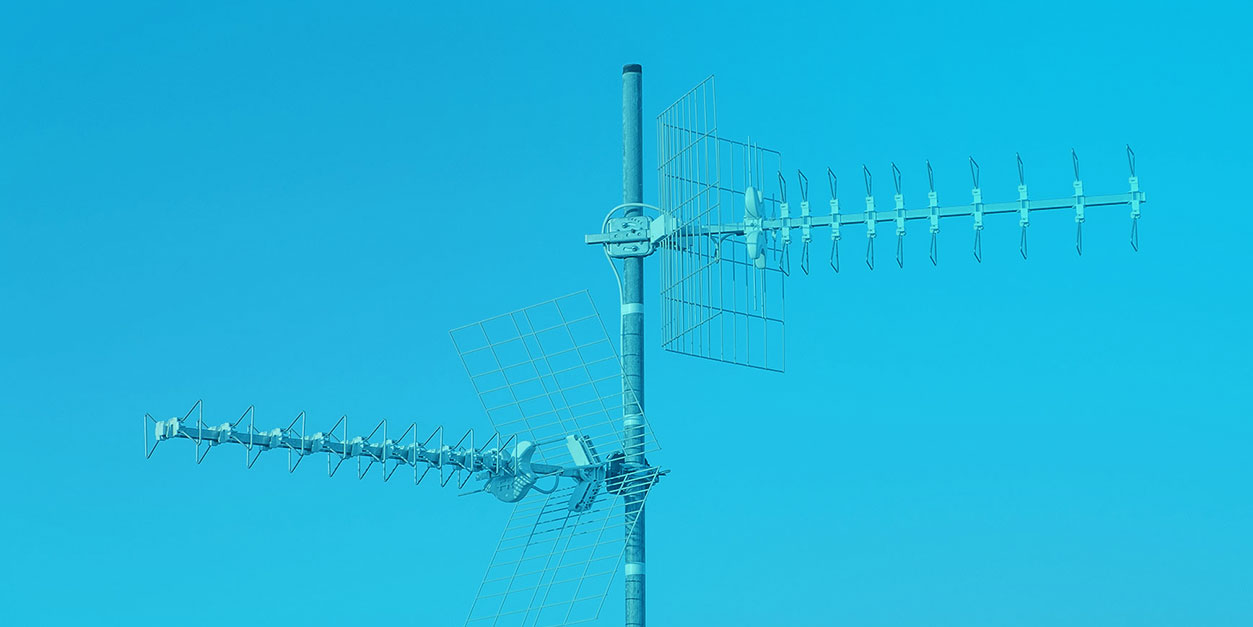FCC Modifies Emissions Limits for Key Spectrum Bands
The Federal Communications Commission (FCC) has announced new modifications to the emissions limits for the 24.25-24.45 GHz and 24.75-25.25 GHz frequency bands. This change comes as part of ongoing efforts to enhance spectrum efficiency and support the evolving demands of wireless technologies.

Key Changes:
-
Emission limits
Immediate implementation of phase 1 limit values; stricter phase 2 limit values for appliances put into operation after September 1, 2027
| Type of station | Current TRP limits | TRP limits after Sept. 1, 2027 |
| IMT Base Stations | −33 dBW | −39 dBW |
| IMT Mobile Stations | −29 dBW | −35 dBW |
-
Alignment
The rules are now in line with international standards to support global market consistency and innovation. The new regulations aim to make more efficient use of spectrum, while maintaining a balance between the needs of existing services and new technologies.
The adjustments are intended to reduce interference between services and promote better coexistence between the different systems operating in these frequency bands. -
Objective
The restrictions are aimed at enabling the growth and development of 5G services and future mobile services while protecting sensitive scientific operations and at the same time.
This move by the FCC should open up new opportunities for high-speed data transmission and connectivity innovation for the telecommunications industry and many other industries.
As spectrum management continues to be a hot topic, it’s clear that the FCC is committed to adapting the regulatory landscape to meet the needs of an increasingly connected world.







